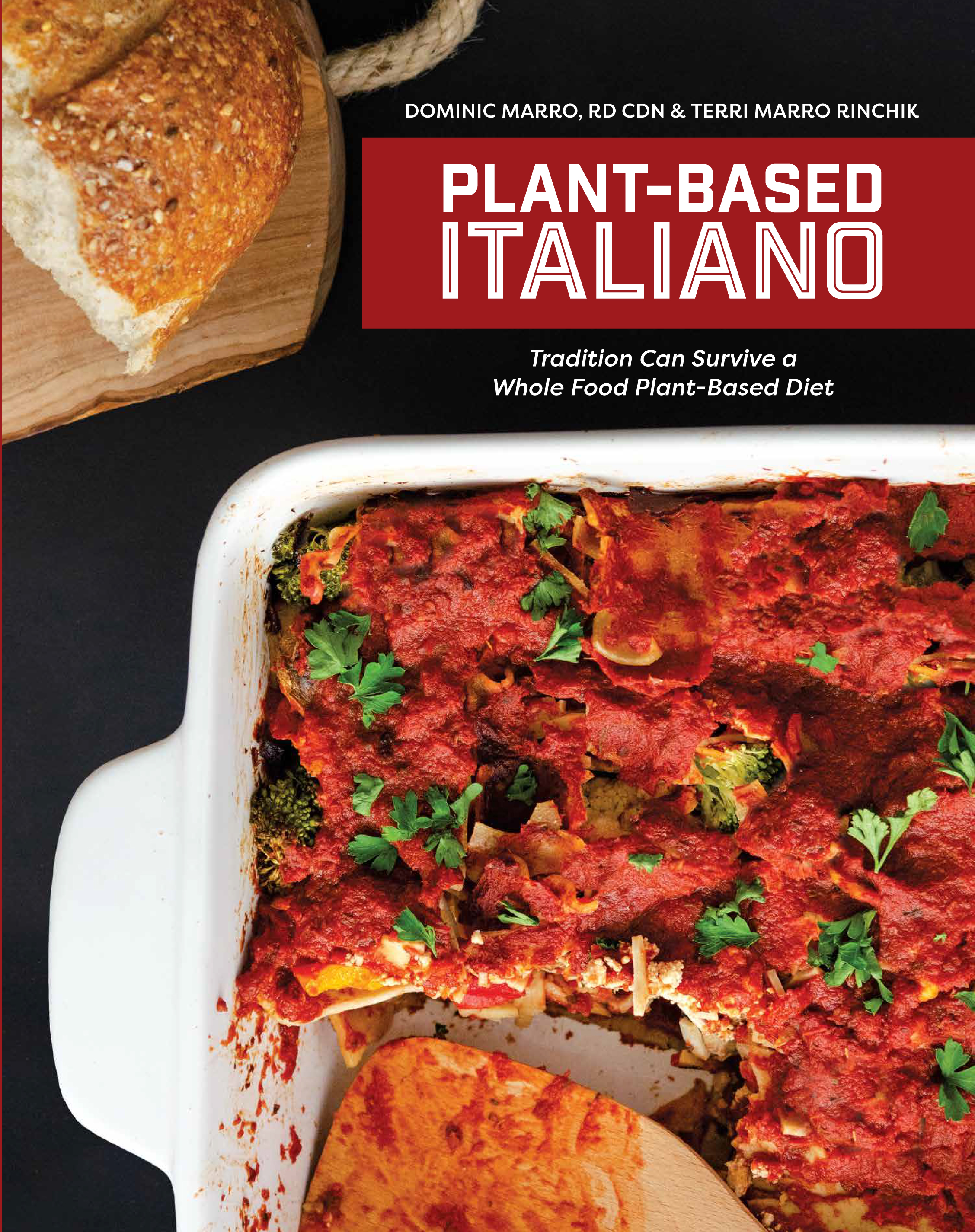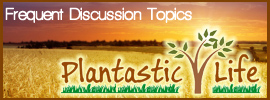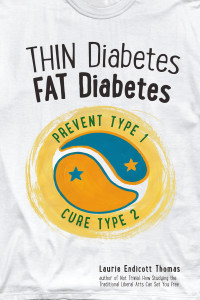The Reductionist Nutritionist vs. The Wholistic Nutritionist
Can you recommend some non-dairy sources of significant amounts of calcium for my 11-year-old daughter to eat?
This is a question I received from a concerned dad. It’s not an unusual question because the dairy industry has promoted calcium as an especially important nutrient – a nutrient that happens to be found in high amounts in dairy products.
The question comes from someone who has a reductionist view of nutrition which is something he has in common with pretty much everyone – including most dietitians, nurses and doctors. People who have a reductionist view of nutrition are concerned about single nutrients out of context of the whole diet.
Up until I read The China Study and Whole: Rethinking The Science of Nutrition – both by T Colin Campbell, I approached nutrition with a reductionist lens. After answering “concerned dad’s” question, I realized that if I was asked this question during my “reductionist” years, my answer would have been much different than the answer I gave – and much less helpful.
How Reductionist Dominic Might Have Answered
I probably would have looked up the Recommended Dietary Allowance (RDA) for calcium for his daughter – which is 1300 mg/day. I then would have compiled a list of plant-based foods containing calcium and the milligrams of calcium contained in a serving of each food. I would have encouraged including some of these foods in sufficient amounts every day to meet his daughter’s RDA for calcium. If I were truly ambitious, I would have provided sample meals that included enough calcium-rich whole plant foods to meet the RDA for calcium.
I would have discovered that if she ate the following every day:
- 1 cup of broccoli (cooked)
- 1 cup of collard greens (cooked)
- 1 cup sweet potato (baked)
- 1 cup navy beans
- 4 slices of whole wheat bread
- 1 naval orange (medium) and
- 2/3 cup raisins,
she would consume 695 mg of calcium. Any additional foods she ate would likely provide additional calcium, but there would be no way of knowing if the RDA would be met every day.
I’m afraid reductionist Dominic may have suggested 2 cups of calcium-fortified soy milk in order to provide an additional 736 mg. of calcium. This would ensure that the RDA of calcium would be reached.
I realize now what a crazy approach to nutrition this is. The idea of determining the value of a food based on a single nutrient is insane!
Questions for Dietitians
If you are a dietitian, and the above approach to nutrition is identical to, or very similar to your own – ask yourself this question – “How likely would it be for a client receiving the above information to overvalue the nutritional benefit of soymilk and to undervalue the nutritional benefit of fruits, veggies, legumes and whole grains?”
I propose that it is very likely.
Would the client learn that a diet high in whole plant foods is conducive to a long and healthy life? Would the client learn that the consumption of soy milk, almond milk, rice milk, cashew milk, quinoa milk, hemp milk, cow’s milk, goat’s milk, rat’s milk or any milk, other than human milk during infancy, is NOT essential to human health?
I propose that the client would learn neither.
I hope you think seriously about changing your approach.
How Wholistic Dominic Answered the Question from a Concerned Dad
Here is the question again – Can you recommend some non-dairy sources of significant amounts of calcium for my daughter to eat?
Answer:
I hope you are asking because she has given up consuming dairy products. That would be the best thing for her or anyone who consumes dairy.
I understand your concern about calcium because the dairy industry and its enabler, the USDA, has convinced Americans that dairy products are necessary in order to receive adequate calcium. It is complete hogwash and makes no sense even if one takes a crazy reductionist view of nutrition.
I wish dietitians would take just a few moments to contemplate the assertion that the milk of another species is essential for human health. All mammals need their mother’s milk during infancy, but once weaned, milk of any kind is no longer needed or even desired – certainly not the milk of another species! Imagine giving a grown person human breast milk. As bizarre as that would be, it’s even more bizarre to give a grown person the milk from another species.
If your daughter eats a diet dominated by fruits, veggies, whole grains and beans, it will be almost impossible for her to get inadequate calcium.
Dr. John McDougall does a good job here explaining why worrying about calcium on a Whole Food Plant-Based (WFPB) diet is unwarranted.
The Physicians Committee for Responsible Medicine lists some plant foods particularly high in calcium in this article.
I’m ok with most foods listed, except the fortified juices and plant milks. Remember, we don’t need any milk after weaning from mom’s milk, that includes plant milks. However, if your daughter wants the occasional frozen dessert made with a plant milk, that would, be better than dairy. She should eat fruit and avoid fruit juices.
Here is good dietary guide to follow. The closer we follow it, the more likely we’ll be healthy and avoid any dietary deficiencies.
Hope this helps
Final Thoughts
The wrongheaded reductionist view of nutrition is taught to us beginning in early childhood.
- “Eat you carrots for beta carotene – it’s good for your eyes”
- “Drink your milk – the calcium will build strong bones”
- “Eat your meat – the protein will build strong muscles”
- “Eat your bread – the carbohydrates provide energy”
- “Eat your salad greens for the roughage”
- “Eat your banana – the potassium is good for you”
- “Eat your orange or Drink your Orange Juice for the vitamin C”
I am no different than anyone else. As much as I firmly believe that the reductionist approach to nutrition is idiotic, I still sometimes find myself tumbling down the reductionist rabbit hole. It is a constant battle, even for a plant-based registered dietitian like me.
If you have a wholistic approach to nutrition, I’d love to get your thoughts on my answer to the concerned dad. How would you have answered?
Stay healthy and strong






 E Excerpt from Laurie Endicott Thomas’s amazing book Thin Diabetes – Fat Diabetes by clicking here!
E Excerpt from Laurie Endicott Thomas’s amazing book Thin Diabetes – Fat Diabetes by clicking here!
Well said Dominic. So well said there’s nothing I can think to add to strengthen the point being made. Keep up the great work!
Dominic..as usual, all good information and points. I believe that given what people have been taught (or brainwashed to believe), it is actually easier to grasp a reductionist view than a whole foods approach. It has an attractive action/task/check the box oriented approach. “I am doing A, B, C, D, E and therefore I am doing the right things.” Unfortunately the reductionist approach also encourages people to continue to eat what is bad for them so long as they also eat some good stuff. I am wondering if it would be helpful to people seeking advice to provide them with an example of a week’s worth of varied “good stuff only” meals that would in fact satisfy all their nutrition needs. Simply telling people to adopt a whole foods lifestyle can be a bit intimidating. Where do I start? What if I make a mistake and do not eat all the right foods? The message would be “Critical step #1: Stop eating the bad stuff, Critical step #2 – If you eat like this without the bad stuff included, you’ll be fine”. With time and knowledge, they can branch out and expand their menu.